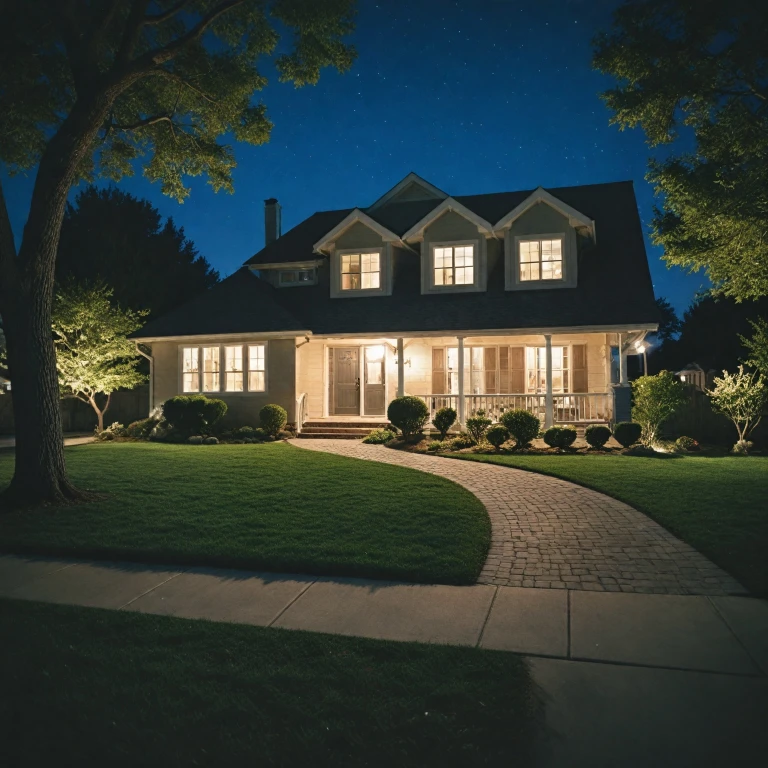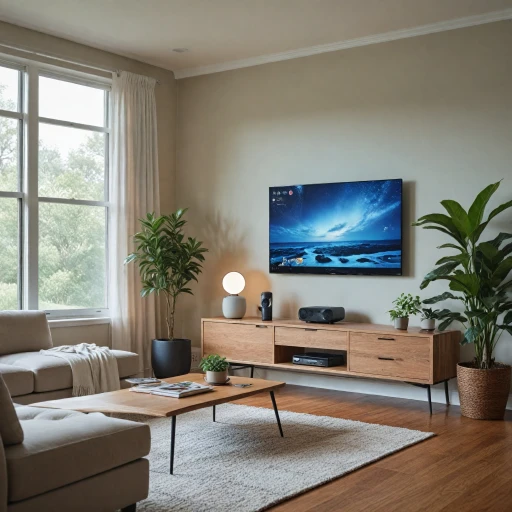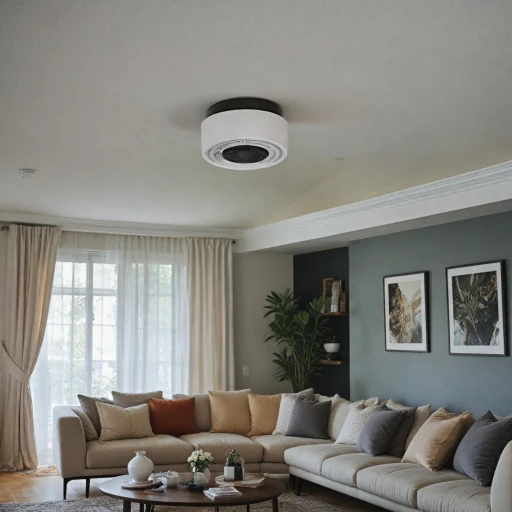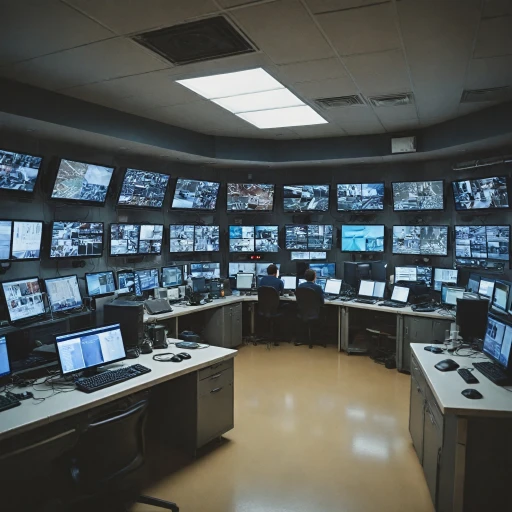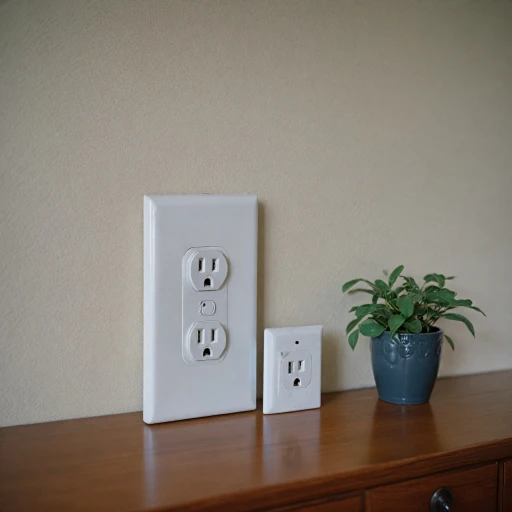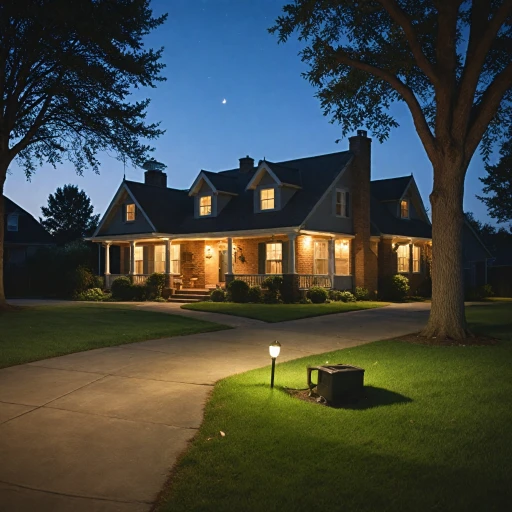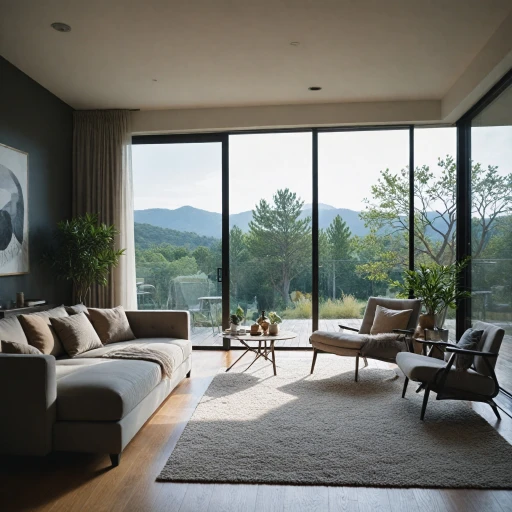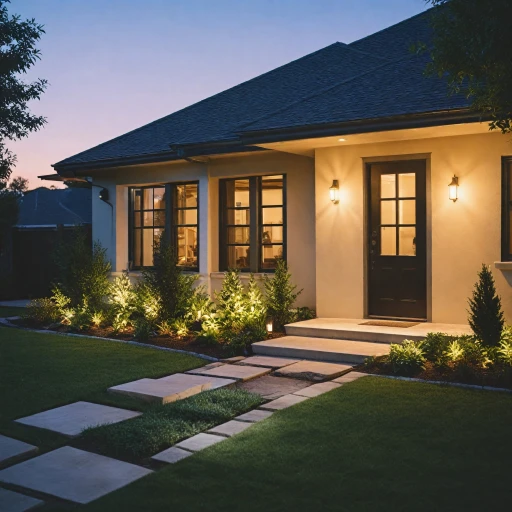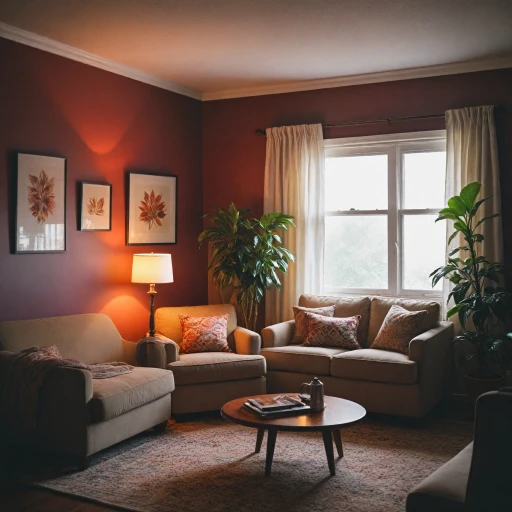
Understanding Night Vision and Infrared Technology
Exploring the Mechanisms Behind Night Vision and Infrared Capabilities
Understanding the underpinnings of night vision and infrared technology is crucial for anyone considering enhancing their home security. These technologies transform how security cameras operate in low-light or dark conditions, ensuring comprehensive surveillance regardless of the time of day. Night vision primarily functions through the amplification of ambient light. When light levels are low, image intensifiers in vision devices like night vision goggles amplify the available visible light to produce a more discernible image. This technology excels at differentiating shapes and forms in near darkness, making it indispensable for optimizing security camera systems. In contrast, infrared cameras operate using infrared light, which is invisible to the naked eye. These devices emit infrared light to illuminate their field of view and capture images based on the heat emitted by objects. This form of imaging, often referred to as thermal imaging, is particularly adept at detecting heat signatures. It allows security systems to identify potential intruders by their thermal footprint even in complete darkness. The use of infrared thermal technology in security cameras allows for a broader spectrum of surveillance. Night vision cameras can provide black and white or color night images by incorporating both thermal and visible light imaging technologies. As prices for these advanced security solutions have decreased over time, more homeowners find that they can afford sophisticated night vision and infrared cameras for their home security needs. For an in-depth exploration of how these remarkable technologies are enhancing home security, you may want to discover more about night vision cameras and their transformative impact.Benefits of Night Vision and Infrared Cameras
Advantages of Using Advanced Imaging Features
When it comes to enhancing your home security, night vision and infrared cameras stand out due to their unique imaging capabilities. These technologies utilize infrared light and low-light image intensification, allowing the cameras to capture clear images in the dark. This can be particularly beneficial in the dark or areas with insufficient ambient light.- Enhanced Visibility in the Dark: Night vision devices, equipped with infrared technology, can provide detailed imaging even in conditions where visible light is scarce. This capability ensures that your security cameras continue to function optimally when it's dark outside, detecting any suspicious activity that might otherwise go unnoticed.
- Thermal Imaging Capabilities: Some security cameras utilize thermal imaging to detect heat signatures. This means your cameras can identify warm objects such as humans or animals, providing an additional layer of security, regardless of the time of day. Infrared thermal systems are particularly valuable for monitoring vast properties or areas with complex layouts.
- Color Night Vision: Newer models of vision cameras incorporate color night vision technology, allowing them to produce color images even with limited light. This can be crucial for accurately identifying intruders and recording clearer evidence.
- Cost Considerations: Though advanced imaging technology often impacts the price of security cameras, the investment can prove worthwhile. Enhanced security capabilities contribute to greater peace of mind, justifying the original expenditure. This Resource on Enhancing Home Security with Infrared Camera Technology provides deeper insights into the costs and benefits of these systems.
- Low Light Performance: Security cameras with efficient low-light imaging can capture images clearly without the need for additional light sources. This not only cuts down on electricity consumption but also reduces the conspicuity of your security setup.
Choosing the Right Camera for Your Home
Select the Ideal Vision Technology for Your Home
Choosing the right night vision and infrared camera for your home involves understanding the variety of technologies available and how they fit with your specific need for security systems. With advancements in enhanced clarity and detection, these devices are more accessible than ever.
When considering which camera system is suitable, take into account the following factors:
- Type of Night Vision Technology: Determine whether you need image intensifiers, infrared light cameras, or thermal imaging. Each of these technologies works differently; for example, thermal imaging captures heat signatures, whereas infrared cameras use infrared light to illuminate dark areas.
- Image Clarity and Range: Evaluate the camera's ability to produce clear images even in low light. Infrared imaging is ideal for capturing detailed images in pitch-black environments, while color night vision cameras can provide visible light images without a significant decrease in quality.
- Budget: Match the camera's price with your financial constraints. While premium options often provide better image quality and additional features, there are also affordable devices that offer decent performance, especially in ambient light conditions.
- Impact on Environment: Analyze how the chosen camera technology might integrate with your home's design while minimizing light pollution, which can affect the neighborhood beyond your property.
Ensuring your choice of vision camera aligns with these considerations will grant you peace of mind and reinforce your home's security. For more insight into how infrared and night vision cameras function to detect motion effectively, explore how they contribute to addressing security myths.
Installation Tips for Optimal Performance
Effective Placement for Optimal Coverage
When installing night vision and infrared cameras to improve your home security, correct placement is crucial. The camera's positioning determines its ability to capture clear images and cover the desired areas efficiently. Here are a few tips to consider:
- Survey Your Property: Start by identifying the most vulnerable areas, such as entrances, driveways, and dark corners where security breaches are likely to occur. Consider areas with low ambient light where night vision or infrared capabilities will be particularly beneficial.
- Avoid Obstructions: Ensure that the camera's view isn't blocked by objects like trees, outdoor furniture, or architectural features. This guarantees a clear line of sight for capturing images even in low light conditions.
- Height and Angle: Position your camera high enough to prevent tampering but low enough to capture distinct images. An angled downward view often provides the best coverage for identifying individuals and activities.
Connecting Your Devices
After deciding on camera placement, focus on effective connections. Depending on the camera type, connection protocols can vary:
- Wired vs. Wireless: Wireless cameras offer flexibility but may require more attention to ensure uninterrupted connections, especially in areas with network congestion or interference. Wired cameras ensure stable reception without wi-fi reliance but require more complex installation.
- Power Sources: Cameras can be battery-operated or need power cables. Ensure power sources are accessible, especially in the dark areas night vision devices aim to cover.
Testing and Monitoring
Once your cameras are in place, testing and monitoring become vital:
- Check Night Functionality: Validate that the night vision and infrared features work as expected. This includes testing the transition from daylight to low light and evaluating thermal imaging's effectiveness in detecting heat signatures.
- Regular Adjustments: Routine checks ensure the camera stays in its original position. Adjust as necessary to account for seasonal changes like foliage growth, which might affect line of sight with vision devices.
- Review Footage: Familiarize yourself with the footage quality during various lighting conditions. Ensure the imaging systems capture clear, identifiable images both during visible light hours and the dark.

